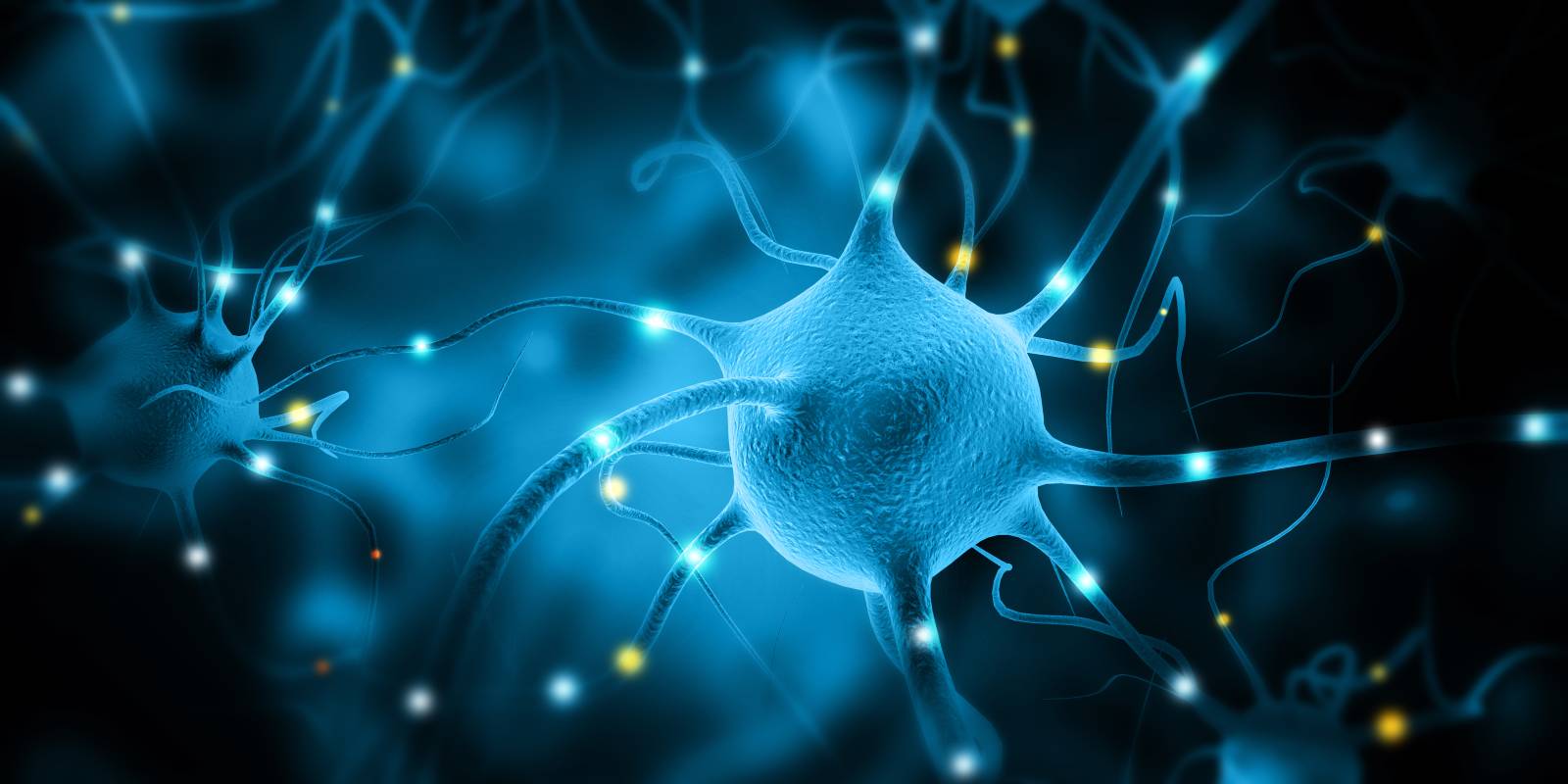Multiple sclerosis (MS) is an autoimmune disease of the central nervous system (CNS) that occurs when the body’s immune system attacks the myelin sheathing that covers nerve cells.1 The resulting inflammation alters the signals between the brain and the body, which can lead to pain, fatigue, vision loss, and, in severe cases, the inability to walk unassisted in patients with multiple sclerosis.2 The cause of MS is unknown, but it is suspected that a combination of genetic and environmental factors leads to the development of the disease and determines its severity.3 MS is typically diagnosed between the ages of 20 and 40 and affects approximately 2 million people worldwide.4
Chronic pain, which is typically defined as pain that persists beyond normal healing time and lasts for more than 3 to 6 months,5 is a common symptom of multiple sclerosis. It can be difficult to quantify the prevalence of pain in MS patients due to differences in the exact definition of chronic pain used, the population of patients sampled, and the survey methods employed: estimates for the percentage of MS patients that experience chronic pain range from 29% to 82%.6 Nevertheless, chronic pain is a well-characterized feature of MS and can take multiple forms. Patients can experience nociceptive pain, which results from damage to musculoskeletal tissue, neuropathic pain, caused by nerve damage and perceived as a burning sensation, or both.7 Somewhere between 1 to 6.3% of MS patients have trigeminal neuralgia (about 20 times more frequent than the general population), which is characterized by sudden, electric shock-like episodes of pain.8 Unsurprisingly, pain prevalence and severity in MS patients strongly correlates with reduced social functioning and mental health.6
The exact mechanism by which multiple sclerosis causes chronic pain is also somewhat unclear. According to one theory, neurodegeneration and demyelination themselves cause chronic pain: studies have shown that destruction of oligodendrocytes, a type of nerve cell, causes pain sensations quite similar to those experienced by MS patients.9 An alternative explanation is that the inflammation that results from neurodegeneration and demyelination is responsible for chronic pain. Glial cells, which are non-neuronal cells in the nervous system, can release pro-inflammatory factors such as cytokines that lead to pain.10 This occurs during gliosis, a change in the behavior of glial cells brought about by damage to the CNS, which includes MS.
Uncertainty regarding the origin of MS-associated chronic pain complicates its management. As such, several different treatment types and options exist, but no one current therapy has been found to provide more than 50% pain relief.11 Transcutaneous electrical nerve stimulation (TENS), in which mild electrical currents are used to provide pain relief, has been found in multiple studies to provide significant degrees of pain relief to MS patients.12 Pharmacological interventions such as cannabinoids, antidepressants, and muscle relaxants have also shown moderate success in resolving MS-related pain.13 Additionally, non-pharmacological treatments, such as aerobic exercise, yoga, and psychological treatments including cognitive behavioral therapy and biofeedback have likewise been analyzed, though studies attempting to prove their efficacy have produced more mixed results.13 Further research is needed to derive more comprehensive treatment options for MS-induced chronic pain.
References
1. McNamara, L. What is Multiple Sclerosis (MS)? | The Johns Hopkins Multiple Sclerosis Center. https://www.hopkinsmedicine.org/neurology_neurosurgery/centers_clinics/multiple_sclerosis/conditions/.
2. Multiple sclerosis – Symptoms and causes. Mayo Clinic https://www.mayoclinic.org/diseases-conditions/multiple-sclerosis/symptoms-causes/syc-20350269.
3. Oh, J., Vidal-Jordana, A. & Montalban, X. Multiple sclerosis: clinical aspects. Curr. Opin. Neurol. 31, 752–759 (2018).
4. Dahham, J., Rizk, R., Kremer, I., Evers, S. M. A. A. & Hiligsmann, M. Economic Burden of Multiple Sclerosis in Low- and Middle‐Income Countries: A Systematic Review. Pharmacoeconomics 39, 789–807 (2021).
5. Treede, R.-D. et al. A classification of chronic pain for ICD-11. Pain 156, 1003–1007 (2015).
6. Kalia, L. V. & OConnor, P. W. Severity of chronic pain and its relationship to quality of life in multiple sclerosis. Mult. Scler. J. 11, 322–327 (2005).
7. Murphy, K. L., Bethea, J. R. & Fischer, R. Neuropathic Pain in Multiple Sclerosis—Current Therapeutic Intervention and Future Treatment Perspectives. in Multiple Sclerosis: Perspectives in Treatment and Pathogenesis (eds. Zagon, I. S. & McLaughlin, P. J.) (Codon Publications, 2017).
8. Montano, N. et al. Advances in diagnosis and treatment of trigeminal neuralgia. Ther. Clin. Risk Manag. 11, 289–299 (2015).
9. Gritsch, S. et al. Oligodendrocyte ablation triggers central pain independently of innate or adaptive immune responses in mice. Nat. Commun. 5, 5472 (2014).
10. Scholz, J. & Woolf, C. J. The neuropathic pain triad: neurons, immune cells and glia. Nat. Neurosci. 10, 1361–1368 (2007).
11. Khan, N. & Smith, M. T. Multiple sclerosis-induced neuropathic pain: pharmacological management and pathophysiological insights from rodent EAE models. Inflammopharmacology 22, 1–22 (2014).
12. Warke, K., Al-Smadi, J., Baxter, D., Walsh, D. M. & Lowe-Strong, A. S. Efficacy of transcutaneous electrical nerve stimulation (tens) for chronic low-back pain in a multiple sclerosis population: a randomized, placebo-controlled clinical trial. Clin. J. Pain 22, 812–819 (2006).
13. Aboud, T. & Schuster, N. M. Pain Management in Multiple Sclerosis: a Review of Available Treatment Options. Curr. Treat. Options Neurol. 21, 62 (2019).
